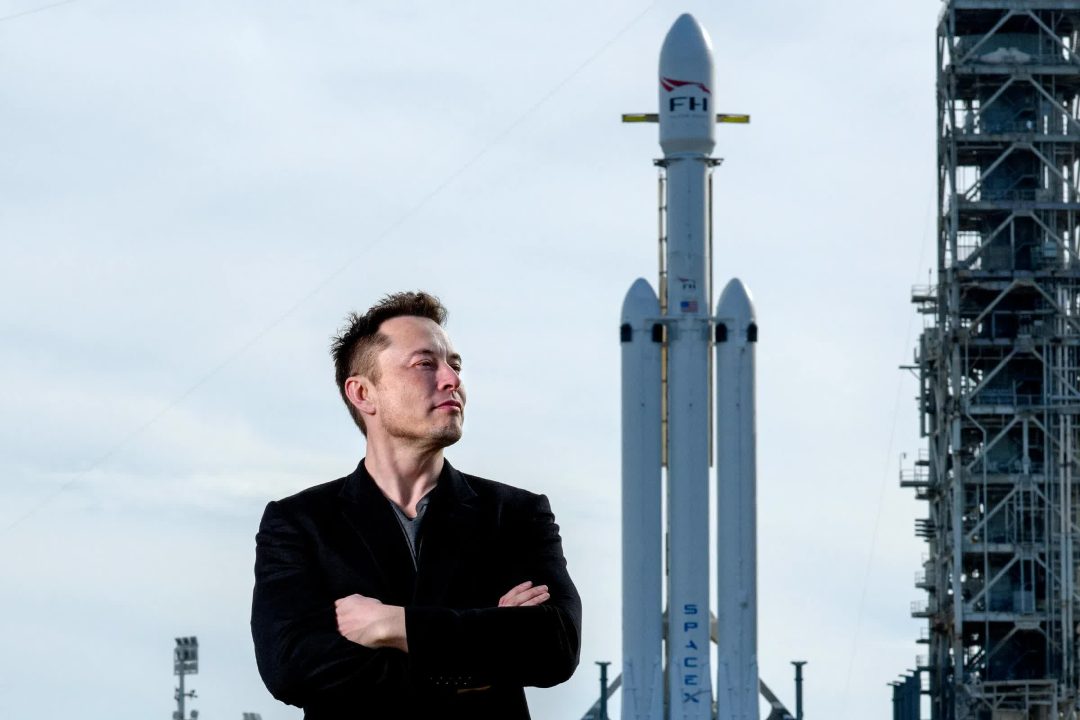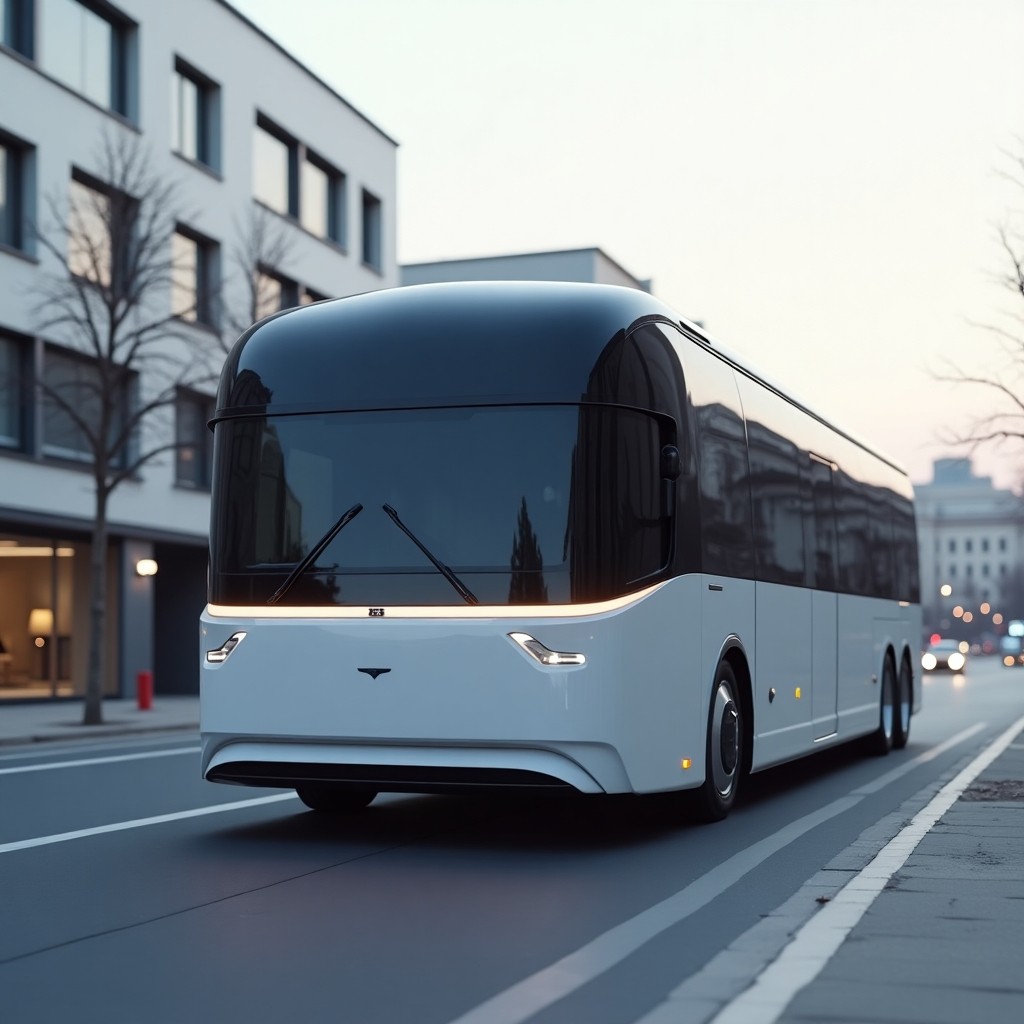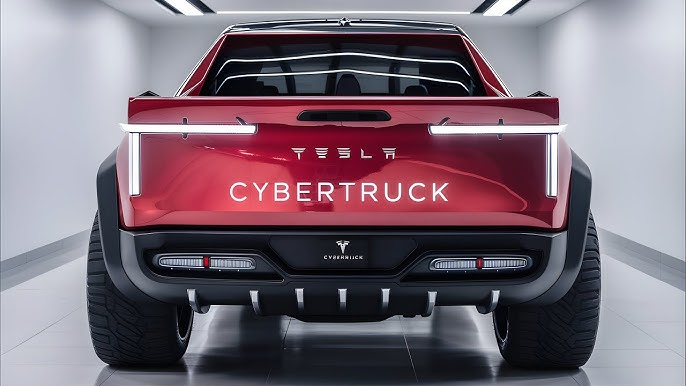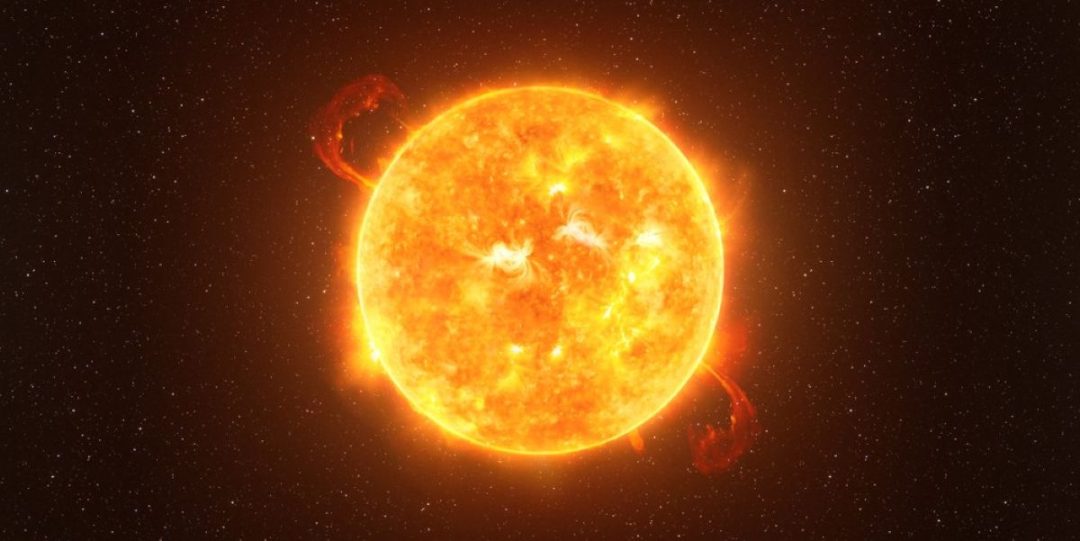Tesla has officially unveiled its highly anticipated electric motorcycle, the Model M, a move that promises to revolutionize the motorcycle industry. Priced at an accessible $599, the Model M aims to capture the market by combining cutting-edge technology with high performance and sustainability, similar to the impact the Tesla Roadster had on electric vehicles in 2008.

The Model M is set to deliver exhilarating acceleration, capable of going from zero to sixty miles per hour in just 2.5 seconds, rivaling traditional gas-powered superbikes like the Suzuki Hayabusa and Kawasaki Ninja. Its design focuses on aerodynamics, featuring a drag coefficient below 0.2, which is expected to enhance efficiency and extend its range.
Tesla’s commitment to innovation is evident in the Model M’s features, including a large touchscreen command center that integrates navigation, media playback, and performance settings. The motorcycle will also benefit from over-the-air software updates, allowing for continuous improvements without the need for service center visits. Safety is prioritized with rear-mounted cameras that replace traditional side mirrors, providing real-time visibility and reducing wind resistance.
The Model M’s construction utilizes lightweight materials such as carbon fiber and aluminum, enhancing performance while maintaining a sleek aesthetic. Additionally, the motorcycle boasts a smart air suspension system that adjusts based on speed and road conditions, promising a smooth ride even over rough terrain.
While the excitement surrounding the Model M is palpable, challenges remain as Tesla enters a competitive market dominated by established brands like Harley-Davidson. Harley, known for its classic motorcycle culture, faces a significant challenge in redefining its identity amidst a growing demand for electric options. The introduction of the Model M could shift consumer preferences, especially as the market for electric motorcycles saw a 25% increase in sales globally in 2023.
Tesla’s existing infrastructure, including its extensive Supercharger network, positions it advantageously to support electric motorcycle adoption. With over 30,000 Supercharger stations worldwide, riders will have convenient access to fast charging, addressing one of the primary concerns for potential electric motorcycle buyers.
As the Model M prepares to hit the market, its success could redefine the motorcycle landscape, encouraging traditional manufacturers to innovate or risk losing relevance in an industry increasingly leaning towards sustainability and advanced technology.





